Fall road trip
This past October found me out on the road again. You know it is my favorite time of the year. I was going to head out towards the Mississippi River and maybe take in some fall colors and some fall harvest. The trip got started on a Wednesday evening, but by the time Lil Red rolled out, it was dark so I made haste northeast of Alva up to Wichita, Kansas. There I broke a rule of mine and got on the turnpike. I was making my way up to Falls City, Nebraska. With it being dark, I drove a bit faster than normal. From Wichita, I made my way over to Emporia, where I got on I-335 towards Topeka, Kansas. At Topeka, I took Hwy. 75 north, passing by places like Hoyt, Mayetta and Holton. I stayed on Hwy. 75 until I came upon Hwy. 36 where I headed east. Hwy. 36 took me through Fairview and over to Hiawatha, Kansas. At Hiawatha, I took Hwy. 73 north, right into the south side of Falls City.

In our past visits, we have discussed my fascination with Falls City, Nebraska. This visit, I was going to take some more time to look around. I also wanted to try and find the spot that the two pictures in the Back Down the Line article from the July/August edition were taken. After a good night’s rest, I spoke with the owner of the Vision Inn where I stayed; he was a local and he pointed me in the direction of the local museum. So on my way down, I took some pictures of Main Street. Once at the museum, I spoke with the two individuals there and they gave me a couple pointers where one of the pictures was taken. So after meeting with them, I went back to Main Street and snapped some more photos.
I then stopped by the local sale barn and got some pictures before heading out of town. The bridge across the Missouri River at Rulo, Nebraska was closed. This turned out to be a great thing as I went back down to Hiawatha, where I got back on Hwy. 36 and headed east towards the Missouri River and the village of St. Joseph, Missouri. I passed some incredible country, motoring by quaint little towns such as Troy, Wathena and through Elwood, Kansas, where we crossed the bridge into St. Joseph, Missouri. I had received directions to the old stockyards in St. Joe so after crossing over the river, I followed them. It was not hard to find the area where the old stockyards were located. As you could imagine, there wasn’t a lot left, but the exchange building was still clinging to life—barely. And what a building it was—even in its dilapidated state, it was still absolutely beautiful! At one time, it had to be an incredible sight. In all my travels, I have seen a few of these old exchange buildings. I have visited ones at Kansas City, Denver and now St. Joseph. I have to tell you that the one at St. Joe put all the others to shame. It was a wonderful opportunity to take some pictures and just kind of mull around.
Right to the east, across the railroad tracks, sat the Hoof and Horn Restaurant. The Hoof and Horn was built right around the same time as the stock yards; the sign said 1896 but everything I found online said 1898. When originally built, it was a saloon and brothel and then it was purchased in 1907, by a policeman of all people, and turned into a cafe. As it progressed over the years, it became a restaurant and has been serving the area for more than 120 years. It really reminded me a lot of the Golden Ox in the west bottoms of Kansas City. There is not much around to attract business, just the reputation of good food. The Golden Ox has had its share of challenges as it was once shut down but I recently read where it had re-opened.
Since it was dinner time (lunch to some people), I decided to get a bite to eat from there. I ordered my meal and ate across the street by the railroad tracks. It was fun to watch the trains go by as I ate. Food was really good and I can add another historic place enjoyed to my list. Heading out of St. Joe, I caught Hwy. 169 and took it north to Hwy. 136. I headed east, enjoying the beautiful country and stopping every now and again to take a few pictures.

Over the years of traveling, I have tried to stop while the sun is still up to find a place to stay. It seems I get better rest and the owners of the motels probably appreciate not getting woke up in the middle of the night. In Unionville, Missouri, I stopped and got a room at the Alamo Inn. I am not going to lie—the Houston Astros and New York Yankees were in the middle of a great series and I wanted to watch it on the television.
The next morning, I headed east towards Keokuk, Iowa. I wanted to visit this river town and see what it was like. I had a couple of picture postcards of the town from back in the day; I wanted to see if it had changed much. Keokuk is in the very southeastern corner of Iowa, close to where the Des Moines River flows into the Mississippi River. I love these old river towns. Over the years of visiting them, I can tell that at one time they were grand! You could tell that back when the rivers served as the main transportation source, there was great prosperity in the towns along the river. It seems like one neighbor was trying to outdo the other and the houses and buildings continued to grow and get more majestic. As commerce and passengers shifted towards the rail, the towns along the tracks began to prosper, leaving the river communities (unless they, too, had the railroad) in a pinch. Now a community really depends on having a major highway running through if it wants to see any measure of prosperity.
I left Keokuk and got back on Hwy. 136 and headed across river to Illinois, first through Hamilton and then on over to Carthage, looking for accommodations. I didn’t find anything that interested me so I headed down Hwy. 94/110 and ended up in Quincy, Illinois. Quincy was a pretty interesting place and the fact that the 44th Annual Early Tin Dusters Color Run was going on only added to the intrigue. From what I could tell, it is a huge car show. When I looked it up online after I got home, I found out that it is a pre-1949 car show. As I cruised around town in Lil Red, I got to see some really neat vintage cars and trucks. I think they have around 600 or 700 cars show up in that town for the weekend. As you can imagine, this made finding a place to rest pretty tough. I finally found a place and it didn’t take long to fall asleep.
The next morning, I headed northwest of Quincy towards Meyers, Illinois. I wanted to take the ferry across the big muddy over to Canton, Missouri. When I made it down to Meyers, I noticed how much the river was still up. I found out the ferry was no longer in service so I looked around the small community before heading back towards Quincy and across the Mississippi River.
I took Hwy. 24 west across the river and over into Taylor, Missouri; there I caught Hwy. 61 south down to Palmyra, Missouri. This is where I got lucky; my wife loves BBQ and as I was headed south, I noticed a sign for The Rebel Pig BBQ, so I asked my wife if she wanted to stop and try it out so we got off Hwy. 61 and went into Palmyra. We sat and ate, the food was wonderful and as we waited, I looked up some information on the little village. I love old movies and a lot of times after I finish watching them, I will look up the actors and see where they were born and raised. A year or so ago, I had done this very thing with the movie Grapes of Wrath, but I had long forgotten that one of the main actresses in that movie was from Palmyra. Her name was Patti Woodard, although I think most of you will know her as Ma Joad or Jane Darwell. The other little morsel of information on Palmyra has to do with the Palmyra Massacre, which took place during the Civil War. If you are able, you need to look this up as it was pretty interesting. The area is steeped in history and the town of Palmyra features many old historic houses and buildings, including the old federal jail. It was a wonderful place to eat and spend some time looking around in.
After we finished, we headed back north on Main Street and crossed over Hwy. 61 to take Hwy. 168 down along the Mississippi River. This highway is part of the Great River Road and was really a beautiful drive. I ended up in Hannibal, Missouri. After looking around Hannibal a bit and taking a few pictures, I got on Hwy. 36 and headed back west. I got off at New Cambria, Missouri for a break and ended up taking some pictures of the livestock auction there. Then I got back on Hwy. 36 and headed east to Hamilton, Missouri. As I was pouring over my atlas, I noticed that little old Hamilton, Missouri was the home of James Cash Penney, or as you know him, J.C. Penney. Again you can look up the details but it is a pretty fascinating story. I will tell you this—I would have NEVER guessed that the first J.C. Penney store was in Kemmerer, Wyoming! As I looked this town over, I noticed a mural painted on the side of the building. It advertised the Northwest Missouri Steam and Gas Engine Show there in Hamilton. I might have to try and go to this show next year.

I got back on Hwy. 36 and pointed the nose of Lil Red back towards Falls City, Nebraska. The motel we stayed in there was really nice and it was owned by some of the local townspeople so we decided to stay there again. Plus, I wanted to venture around the area and get some more pictures of harvest.
I got some good rest that evening and headed out the next morning to give the area a good goin’ over. I headed eat on Hwy. 159 to Rulo, Nebraska and looked around there. Many of you readers might remember—I know ladies and gentleman in Nebraska will remember—all the moisture that Nebraska received this spring. Well, the bridge over the Missouri River east of Rulo was still closed. It didn’t look washed out, and it looked fairly new, but it was closed. I really wanted to ask someone local why it was closed but the opportunity did not present itself.
After looking over Rulo, I cut through the back country and made my way to Hwy. 73 and stayed on it until I came to Verdon, where I gave it my customary inspection before taking Hwy. 67 north towards Shubert, Nebraska. I looked around Shubert and then headed back north through Nemaha and on up to Hwy. 136. I took it west until Hwy. 67 broke free and headed north again. My destination was the little town of Peru, Nebraska. When I was in college at Northwestern Oklahoma State University, I became familiar with Peru State College. The school was chartered in 1866; it was started by the Methodist Episcopal Church. Northwestern here in Alva, was started in 1897, so Peru State would be 31 years older, but what really gives my mind a good workout is how important these schools are to the survival of the communities they are located in. Alva is isolated and there are two things that keep life in this town—one is agriculture, but more importantly, the university. If the university were to ever relocate or leave, Alva would lose most of the 5,103 people that now call it home. We did go through a big gain in population during the short oil bonanza that took place around Woods County but that has all but dried up. Peru, Nebraska almost did lose its college but managed to hang on. What makes this feat even more incredible to me is they are more isolated than Alva and only have a population of 760 souls. I really enjoyed looking around this town, even though it didn’t take long. I drove as far as I could to the north end of town and looked the flooded Missouri Rover over for a bit.

After leaving Peru, I headed towards Auburn, Nebraska and took Hwy. 75 south of Auburn to a county road that took me over to where the village of Howe used to be. There wasn’t much left of Howe so I made my way down through the back country to Stella. I nosed around Stella and made my way back to Hwy. 73 and down to Falls City.
The next morning, I headed towards home but wanted to go through Hebron to take some pictures. Before leaving Falls City, I had to stop by Merz Farm Equipment to pick me up some toys. After stashing my loot away for the trip home, I got on Hwy. 73 and took it north and then back west until I came to Hwy. 75. At Hwy. 75, I went north a short distance and got on Hwy. 4 heading west. I took the time to look around Humboldt, Nebraska and even stopped to buy a local paper. I then got back on Hwy. 4 and made my way to where Hwys. 4 and 136 meet. Here I turned back east a bit to Filley, Nebraska. Filley was the birthplace of Spangler Arlington Brugh—readers may know him as Robert Taylor, a famous actor from the 1930s.
After getting a bite to eat in Filley, we headed west to Beatrice where we stayed on Hwy. 136 heading west. We made our way through Fairbury over to Hwy. 81. There we turned north just a peck to Hebron. After taking the pictures of Hebron, we got back on Hwy. 136 west to Red Cloud, Nebraska. At Red Cloud, we got on Hwy. 281 and took it all the way back to Alva, Oklahoma. What a great five days of adventure. The trees were just beginning to change colors on the adventure and it seemed there were more soybeans being harvested than corn, but I did get some good pictures and had a wonderful time exploring.

I look forward to our last two visits here at Classic Farm and Tractor and look forward to being with you until the last issue. And thanks to Mr. Hain, who helped me get in touch with the editor of Farm Collector magazine, so that we can continue these visits if you enjoy them. Starting with the January issue, you can sit down with me in Farm Collector and enjoy the View from the Backroads.
I hope everybody is enjoying peaceful life and until we visit again, remember to take time out of your busy schedule and enjoy your part of the world.



